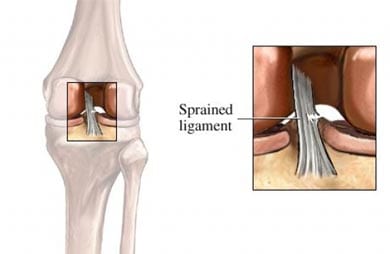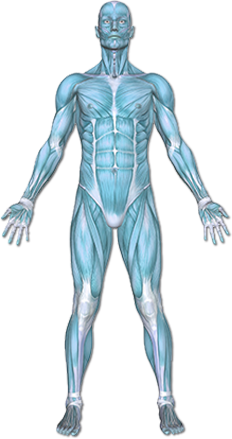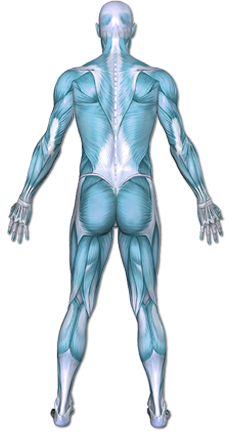Knee Sprain
A knee sprain is the stretching or tearing of ligaments that support the knee. Ligaments are strong bands of tissue that connect bones to each other.


Copyright © Nucleus Medical Media, Inc.
This content was created using EBSCO’s Health Library
Knee sprains may be caused by:
- Forced twisting of the knee
- Stopping suddenly while running
- Shifting your weight while running or skiing
- Landing awkwardly after jumping
- Blow to the outer or inner side of the knee
- Blow to the front of the knee while the knee is bent and the foot is firmly planted on the ground
This content was created using EBSCO’s Health Library
Factors that may increase your chance of developing a knee sprain include:
- Playing sports
- Poor coordination
- Poor balance
- Inadequate flexibility and strength in muscles and ligaments
- Loose joints
This content was created using EBSCO’s Health Library
Symptoms include:
- Pain in the knee
- Swelling, redness, warmth, or bruising around the knee
- Decreased range of motion in the knee
- Inability to stand on the affected leg
- Tenderness where the injured ligament attaches to a bone in the knee
- Swelling within the knee
This content was created using EBSCO’s Health Library
Your doctor will ask about your symptoms and how the injury occurred. The knee will be checked to see how stable the joint is and how severe the pain is. Images may be taken of your bodily structures. This can be done with:
- X-rays
- MRI scan
A minimally invasive procedure may be done to look inside your knee. This can be done with arthroscopy.
Grades
Knee sprains are graded according to their severity. The injury is considered more severe if more ligaments are involved.
- Grade 1
- Stretching and microtearing of ligament tissue
- Grade 2
- Partial tearing of ligament tissue
- Mild instability of the joint when tested
- Grade 3
- Severe or complete tearing of ligament tissue
- Significant instability of the joint
This content was created using EBSCO’s Health Library
Treatment includes:
Rest, Ice, Compression, and Elevation
Your doctor may advise that you follow the RICE method:
- Rest—Avoid putting any pressure on your knee by not walking on that leg.
- Ice—Apply ice or a cold pack to the knee for 15-20 minutes, four times a day for two days. This helps reduce pain and swelling. Wrap the ice or cold pack in a towel. Do not apply ice directly to your skin.
- Compression—Wrap your knee in an elastic bandage. This will limit swelling and provide some support for your knee. Be careful not to wrap the bandage too tightly.
- Elevation—Keep the injured knee raised above the level of your heart. Do this as much as possible for 24 hours. This will help drain fluid and reduce swelling. For severe sprains, you may need to do this for a couple of days.
Knee Support
If advised by your doctor or physical therapist, wear a brace. The brace will keep your knee from moving. Crutches may also be used with the brace. You may also need to wear a brace when you return to sports. It may need to be custom made to support your knee rather than keep it from moving. Braces are not advised for children. If you have a severe sprain, you may need to wear a short leg cast for 2-3 weeks.
Rehabilitation Exercises
Your physical therapists may prescribe exercises to restore flexibility, range of motion, and strength. They can also improve your balance to decrease your fall risk.
This content was created using EBSCO’s Health Library
To reduce your risk of spraining a knee:
- Warm up and stretch before exercise. Cool down and stretch after exercise.
- Take a break from sports and exercise when you feel tired.
- Do exercises that strengthen the leg muscles.
- Learn the proper technique for sports and exercise. This will decrease stress on all your muscles, ligaments, and tendons, including those around your knee. Also, wear the proper equipment.
- Ask your doctor if you should use a brace.
This content was created using EBSCO’s Health Library
This content was created using EBSCO’s Health Library


